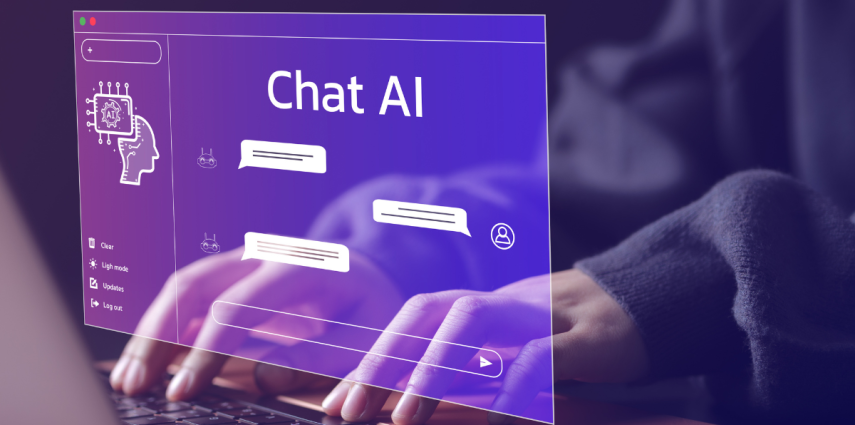Greetings, forward-thinking business leaders! As the regulatory landscape continues to evolve, ensuring compliance with an applicant tracking system has never been more critical. Are you ready to take the proactive approach to keep your recruitment practices aligned with the latest laws and regulations? Dive into our guide on how to guarantee your company’s compliance with an applicant tracking system and stay ahead of the game.
Latest laws and regulations for recruitment
In today’s dynamic business environment, staying compliant with an applicant tracking system involves more than just checking boxes. It requires a strategic approach to keep up with the ever-changing legal landscape. One key aspect is to stay up to date with the latest laws and regulations impacting your industry. From Equal Employment Opportunity (EEO) laws to data privacy regulations like GDPR, being aware of these requirements is fundamental to maintaining compliance.
According to Envoy, “The first step in ensuring compliance is understanding the relevant regulations and laws that your company needs to comply with. This will vary depending on your company’s function, workplace environment, and even location. For example, a lab in the US with hazardous chemicals, a manufacturing facility in the EU with heavy machinery, and a tech office in Australia will all have different compliance regulations to follow. You’ll want to keep up to date with changes to these regulations and laws.”
Our integrations with partners like Circa and Mineral ensure our clients that they are legally compliant. Mineral helps companies ensure compliance by keeping your company up to date with the latest laws and regulations in our HR Support Center. Circa handles Official Federal Contract Compliance Programs (OFCCP) compliance and diversity outreach. They navigate federal compliance obligations, reduce risk, and ensure OFCCP audit success.
Create policies to ensure compliance
Once you’re well-versed in the legal requirements, it’s time to implement robust policies within your applicant tracking system. Customize your system to capture the necessary data points, ensure proper documentation, and establish clear processes for data handling. Additionally, regularly monitor and audit your system to guarantee ongoing compliance and address any potential issues promptly.
Envoy stated, “Once you have a solid understanding of what specific compliance requirements your company and your people need to follow, make sure you have them clearly documented for others to understand. It’s much easier to remember and act on the rules if you have a place where you can find them. Think: employee handbook, internal resource hubs, or new hire welcome packets. You should have your employees sign off after reading the materials. That way you can ensure they’ve taken the time to understand them.
Have you researched your policies? Check. Then did you document them in a handbook? Check. Now it’s time to train. Training will help reinforce those companies’ policies and procedures. The training sessions should cover:
- Safety and health policies
- How to report hazards, injuries, illnesses
- Emergency response training
- Who to contact in case of compliance breaches
Also, training isn’t just a one time thing. It should be ongoing. Training employees regularly ensures that they are aware of compliance policies and procedures. Plus, it helps employees and leaders stay up to date on any changes.”
Conclusion
In conclusion, ensuring compliance with your applicant tracking system is a proactive endeavor that demands attention to detail and a commitment to staying informed. By keeping up to date with the latest laws and regulations, implementing comprehensive policies, and ensuring your employees follow best practices, you can create a solid foundation for compliance success. Trust in the power of your applicant tracking system as a tool to streamline your compliance efforts and lead your organization towards a future of regulatory excellence. Ready to elevate your compliance game? Start today and embrace a culture of compliance that sets you apart from the rest.










